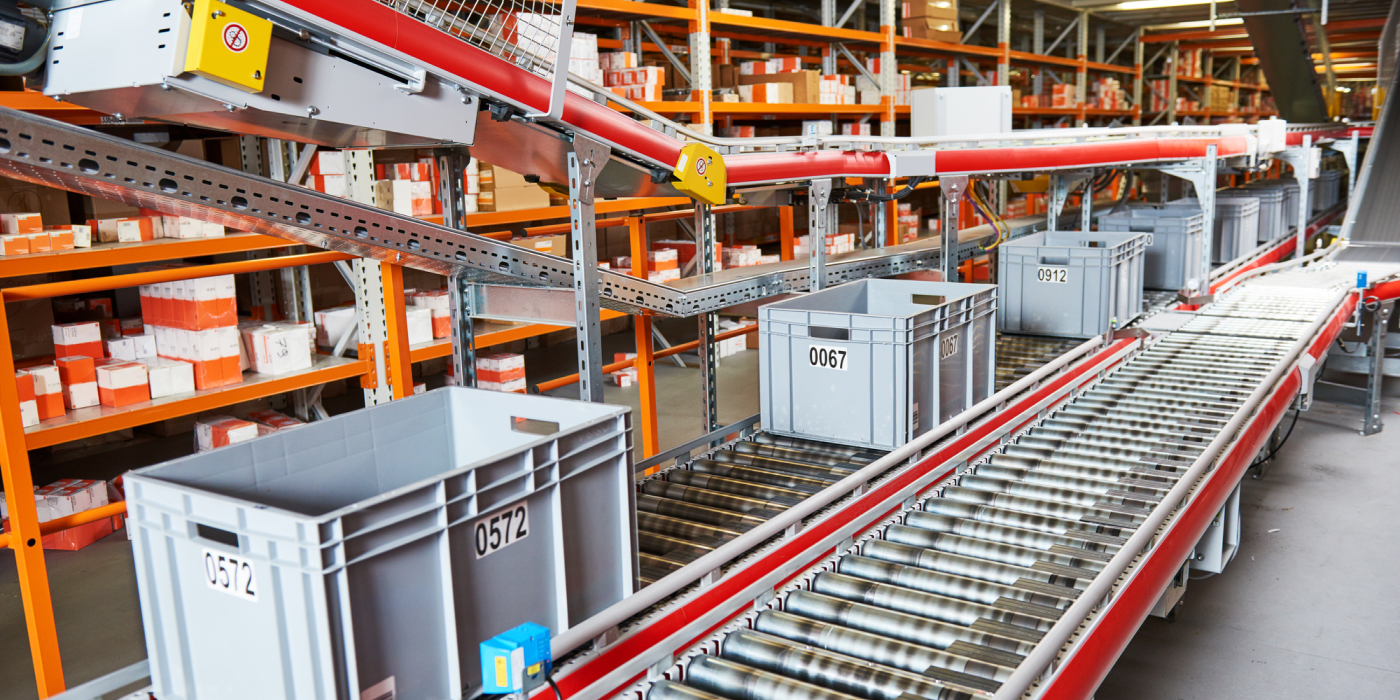How to Lower Supply Chain Costs
Maintaining an efficient and cost-effective supply chain is key to business survival. Finding ways to lower supply chain costs is a top priority for companies. By implementing strategic cost-saving measures, businesses can enhance profitability, gain a competitive edge, and improve overall operational efficiency.
Here’s a look at five strategies to lower supply chain costs, optimize supply chain operations, and achieve long-term success.
Leverage Automation
Modern technology is an invaluable tool for reducing manual labor, increasing efficiency, and lowering costs. Automating processes like inventory management, order fulfillment, and delivery tracking can significantly cut down on time and resources. Many warehouse workers spend significant portions of their shifts transporting goods within their facilities. This reduces productivity and increases overall costs.
However, technology solutions such as supply chain management software, delivery management platforms, and robotics, can help supply chain managers streamline processes, reduce errors, and improve efficiency. Automated order processing, inventory tracking, and route optimization minimize manual intervention, improve workforce productivity, and reduce labor costs.

Optimize Inventory Management
Efficient inventory management is key to reducing supply chain costs. Holding excess stock incurs storage costs. Utilizing real-time inventory tracking systems can help companies optimize stock levels, reducing both waste and storage costs. By analyzing demand patterns, tracking inventory in real-time, and leveraging data analytics, businesses can optimize inventory levels, minimize holding costs, and prevent stockouts or overstock situations.
Efficient use of warehouse space and storage facilities can lead to significant cost savings. By optimizing layouts, implementing vertical storage solutions, and leveraging fulfillment technology, businesses can maximize space utilization, reduce inventory storage costs, and improve warehouse efficiency. Nearly 9 in 10 organizations either have, or are planning to install, automation technology in their warehouse in 2023, according to a recent AutoStore survey of business leaders in warehouse management and fulfillment. A large majority of respondents (88%) will implement an automated storage and retrieval system by 2024.
Improve Supplier Relationships
Building strong relationships with suppliers and optimizing procurement processes can lead to significant cost savings. By negotiating favorable terms, bulk purchasing, exploring alternative suppliers, and implementing vendor management strategies, businesses can secure better pricing and favorable terms, reducing procurement expenses.
Digital technologies can help facilitate effective supplier relationship management. By implementing supplier portals, businesses can improve communication, streamline order processing, and enhance collaboration with suppliers. These platforms enable shared visibility into demand forecasts, production schedules, and inventory levels, fostering stronger partnerships and ensuring timely deliveries.

Streamline Delivery Management
Transportation costs are a major component of supply chain expenses. To lower these costs, businesses can implement delivery management platforms. These solutions can provide comprehensive tools to track, monitor, execute, and manage deliveries from a centralized location. Stakeholders can access the same information and collaborate with each other more efficiently, ensuring timely delivery and enhancing customer satisfaction.
Delivery management solutions can allow shippers to consolidate deliveries. This involves combining smaller deliveries into larger, more efficient loads, reducing transportation costs and improving delivery speed. Dynamic route optimization capabilities enable businesses to change routes in real-time and optimize them based on several factors including time-window, driver availability, service area, urgency, and package requirements. Real-time route optimization can help minimize fuel consumption, reduce delivery times, and minimize delivery disruptions.
Monitor Key Metrics
Regularly monitoring supply chain key performance indicators (KPIs) enables businesses to identify areas for improvement and measure cost-saving initiatives’ effectiveness. Key metrics such as total logistics costs, order cycle time, on-time delivery performance, and inventory turnover provide insights that can help optimize supply chains, lower costs, and guide decision-making.
Data analytics empowers businesses to forecast demand more accurately and plan inventory levels accordingly. By analyzing historical sales data, market trends, customer behavior, and other factors, stakeholders throughout the supply chain can align their objectives and make data-driven decisions on production schedules, procurement, inventory management, and deliveries. This can help businesses ensure product availability, shorten fulfillment times, maximize delivery resources, and efficiently meet customer demands.
Lowering supply chain costs is a strategic imperative for businesses seeking to enhance profitability and longevity. By implementing these strategies, businesses can start reducing their supply chain costs without compromising on service quality or delivery times.
For more information about how our delivery management solution can help you lower operational costs and manage your delivery operations more efficiently, please contact info@bringoz.com.
